
Bubble aeration is easy. Throw an air stone in an aquarium and you’ve got an aerator. But some, including myself, don’t like air stones. Both the bubbles themselves are noisy and the air pumps can be very noisy. And the wall or column of bubbles is obtrusive and unnatural in the aquarium.
Many well meaning but ill-informed commentators on social media talk about how an air stone creating a column of bubbles is not as effective at doing aeration as a water pump with a wide fan discharge from a pump disrupting the surface of an aquarium. In truth both are very good aerators if the air stone has a large enough air pump on it. An air stone with an air pump putting out hundreds of bubbles per second is equivalent to a properly set up wide fan nozzle pump.
The simplest and most convincing argument for the efficacy of air stones comes from what happens when the power goes out to an aquarium aerated with air stones. If the stocking is high, the fish die. I’ve had this happen in several aquariums and instances of it happening constantly show up on social media. So air stones do indeed aerate an aquarium.
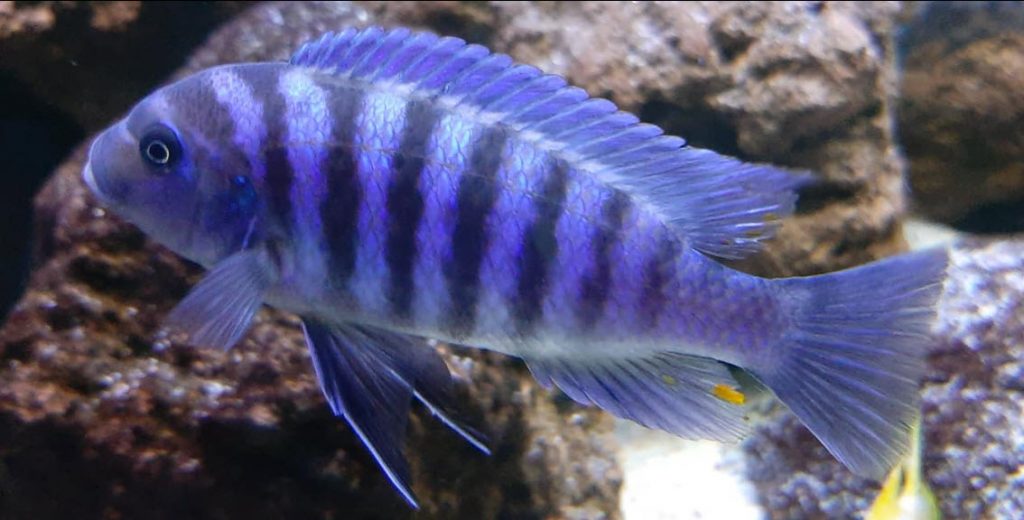
Air Stone Efficiency in Depth
There is considerable controversy about the efficiency of air stone with regard to adding oxygen to the tank. Suffice to say the common thread is that air stones don’t aerate well. This is simply incorrect.
Now one can get all complicated and do a whole series of complex calculations using the Stagnant Boundary Layer Model, turbulent diffusion, Reynold’ Number, energy efficiency and/or Fick’s First Law. But the whole thing is better looked at by diagrams:
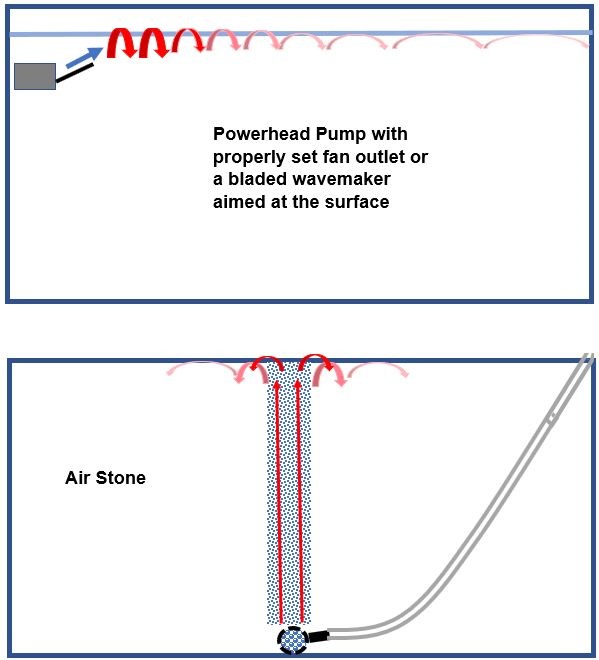
These diagrams show the amount of aeration by the size and the intensity of the red color. The two aeration methods are roughly equivalent, IF THERE IS A DECENT SIZED PUMP ON THE AIR STONE.
The Correct Analysis
Note the long thin intense red arrows in the stream of bubbles in the diagram above. This is where this conventional wisdom misses the boat.
These small bubbles are areas of rapid turbulence. As each bubble rises through the water the water is forced rapidly and turbulently around said bubble. If one watches a single bubble rise to the surface one will notice how the bubble constantly changes shape and wobbles from side to side. This is due to turbulence around the bubble.
These bubbles typically have roughly about 70 square inches of surface area at any given moment in time IF A DECENT SIZED AIR PUMP IS USED. 70 square inches of rapid turbulence between air and water is very significant and results in very good oxygenation. This turbulence in the rising bubbles is why bubble stones work much better than conventional wisdom says they do.
Also, the rising columns of bubbles lifts a current of water with it as it rises. This current results in an area of turbulence at the surface of the aquarium. So, an air stone gives good aeration in two separate ways.
The topic of turbulence and aeration is covered in this link:
9.2. Turbulence and Aeration
.
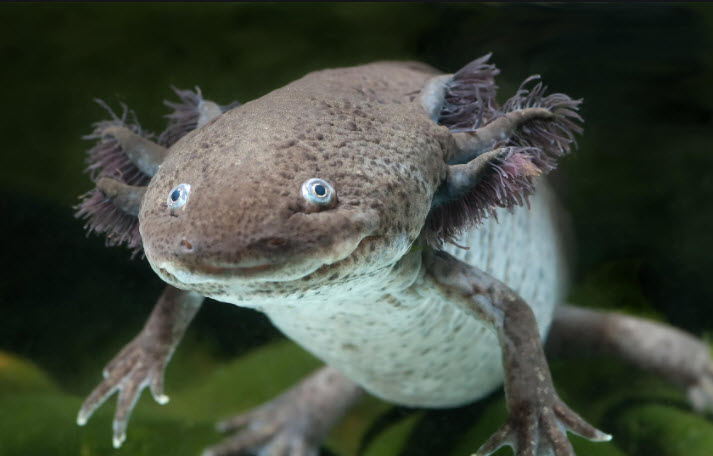
The Science behind Aeration with Air Stones
The technical confirmation of this for those who like high tech terminology is as follows. From the article: “Impact of Bubble and Free Surface Oxygen Transfer on Diffused Aeration Systems”, DeMoyera et. al. 2003:
“The primary location of oxygen transfer in a diffused aeration system is examined by separately determining the surface air–water and bubble–water mass transfer coefficients. The mass transfer model developed to determine the mass transfer coefficients advances the McWhirter and Hutter (A.I.Ch.E. J. 35(9) (1989) 1527) model by tracking oxygen and nitrogen transfer into and out of the bubbles as they rise to the water surface. The resulting vertical profiles of the liquid-phase equilibrium concentration inside the bubble and the gas-phase oxygen composition give insight into how the bubble–water concentration gradient changes over depth. The surface mass transfer coefficient, kLsas, is 59–85% of the bubble mass transfer coefficient, kLab, and the driving concentration difference is smaller for surface transfer. Surface transfer and bubble transfer both contribute significantly to oxygen transfer; however, bubble transfer is the primary mode of oxygen transfer for this system at the air flow rates used.”
In other words, bubbles add a lot of aeration as they rise through the aquarium water. Note that DeMoyera did his experiments on a very large 25 by 10 foot water tank so there is some uncertainty as to the applicability of the data. But the data should scale down to an aquarium.
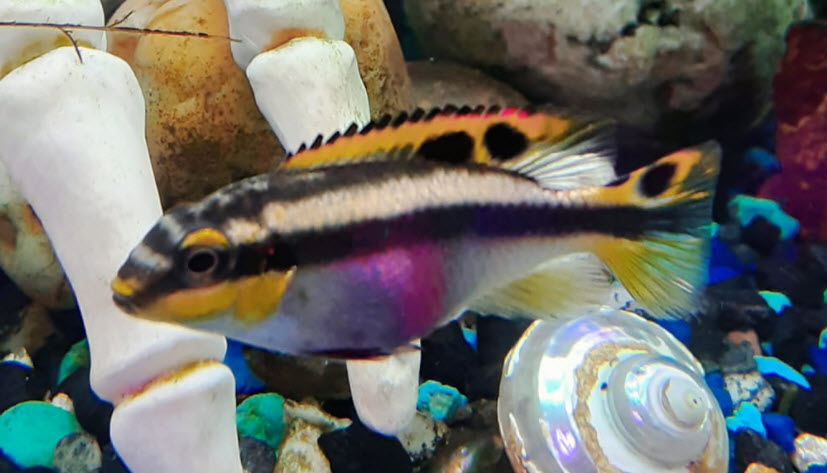
Another reference is in order : “Effect of Bubble Size on Aeration Process”. Navisa, 2014, Asian Journal of Scientific Research, 7: 482-487.
Camp (1963) has noted that gas transfer is accomplished mainly through bubbles and the size of the bubble determines the transfer rate. Cumby (1987) mentioned that some mixing effect takes place due to the turbulence imparted by the bubbles as they rise. As the bubbles rise transfer of oxygen also takes place through their surface. The author has also mentioned that smaller the gas bubble, the larger interfacial area per unit volume and so bubbles of smaller size (e.g., less than 5 mm diameter) are desirable. These can be produced by sparging air through small holes, less than 3 mm diameter. When a nozzle that is submerged in water is operated, oxygen transfer to water occurs over two main interfaces. As the bubbles ascend through the water column, oxygen is transferred through the bubble water interface. This also occurs across the gas-liquid interface at the water surface. ….. Fayolle et al. (2007) through their numerical studies have shown that when the bubble size decreases by 10%, the oxygen transfer coefficient is found to increase by 15%. Conversely, when the bubble diameter increases by 10% the oxygen transfer coefficient decreases by 11%.
This reference showed two things, that the main gas exchange is at the bubble water interface as it rises through the water and that the smaller the bubble the better the aeration.
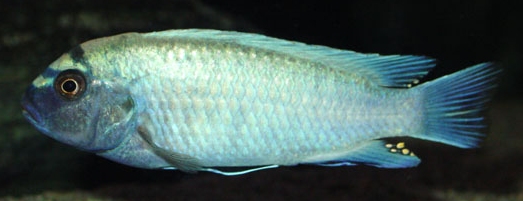
There have been innumerable YouTube videos of moderately and even heavily stocked aquariums that have been in place for many years with only the aeration from an air stone in a sponge filter. Air stones do work for aeration.
Leo Babbitt at Ball State University took measurements of the oxygen levels of different aquarium setups with a fixed number of fish in them. He said:
“Typical measurements of oxygen levels for various aquarium setups can be as follows:
- airstone-driven under-gravel filter – 7.5 ppm;
- powerhead-driven under-gravel filter with supplemental air stones in aquarium – 6.5 ppm;
- reverse-flow under-gravel filter with supplemental air stones in aquarium – 6.0 ppm;
- powerhead-driven under-gravel filter with no air stones – 5.5 ppm;
- reverse-flow under-gravel filter without air stones in aquarium – 4.5 ppm.”
The airstone gives the best aeration by this experiment. The last category has an oxygen content 60% of the first category. Clearly air stones do aeration well. Note 100% saturation at 78 degrees F. is 8.25 ppm.
Cory at Aquarium Coop (the best and most honest “expert” in the business) did a series of very good experiments with aeration and found that air stones were superior to surface agitation when it came to aeration. But if you watch his video you realize he didn’t create choppy waves with his wavemaker. All he did was to create a rapid lamellar flow “smooth” surface current. This does not aerate well. The surface of the water HAS to be “choppy”. If Cory had made “choppy waves” he would have found the two methods of aeration equivalent.
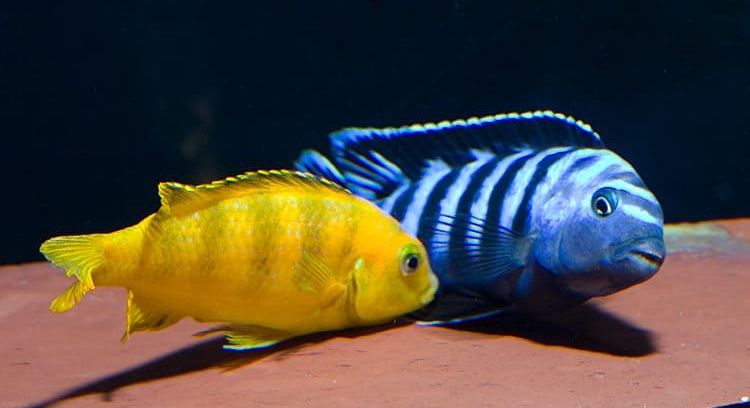
Incorrect Analyses
Other analyses of bubble fountains have looked at only the surface area of the bubbles. A solid stream of one tenth diameter bubbles only have roughly 70 square inches of surface area, which isn’t a lot when compared to the surface of an aquarium. So, by the thinking of many, bubbles don’t add much to aeration. Per firstaquariumguide.net:
“The air stone will increase the water circulation more than an undiffused air feed into the aquarium from an air pump, and the bubbles themselves will also increase the surface area of the water more, but the real benefit from an air stone as far as oxygenation goes is just the increase in circulation.”
The conventional wisdom is that aeration is simply a surface area phenomenon. More surface area = more aeration. That is simply not the case.
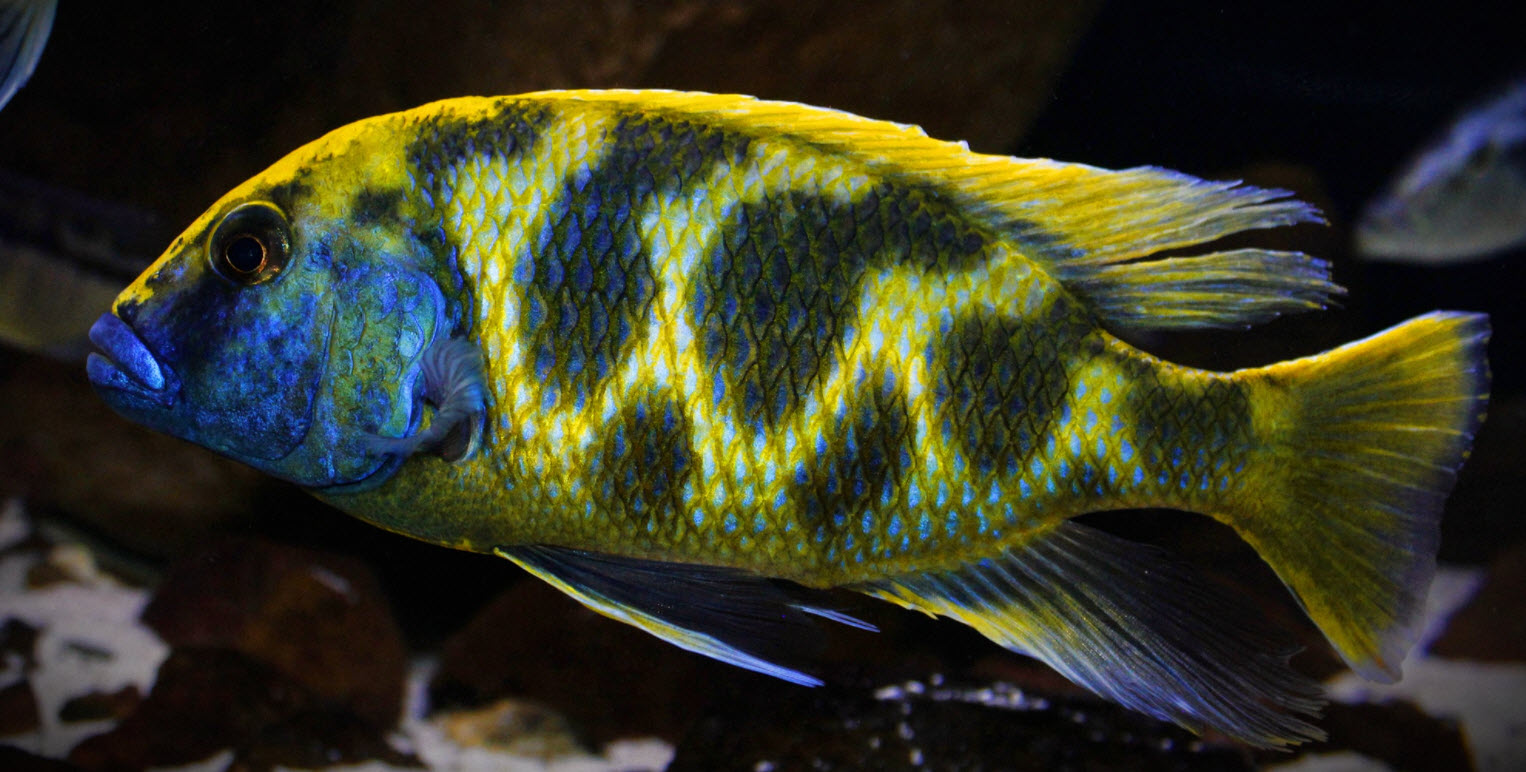
This lack of appreciation of the effect of bubble aeration permeates the literature. Per the Tropical Fish Site:
“The purpose of an air pump on an aquarium is to oxygenate the water. Some think this is down to the bubbles passing through the water, this has very little effect though and it is actually due to the surface movement which the bubbles create which makes a difference. The more surface water movement you have, the more contact the water has with the air and so the more oxygen gets in to the water.”
Per “The Goldfish aquarium”, 2013:
“You may be surprised to hear that all of those bubbles from the air pump don’t actually add much oxygen to the water at all. It is actually disturbance at the surface that really helps to dissolve oxygen into the water.”
Both these references say that air stones only work at the surface of the aquarium, via “surface movement” and “disturbance at the surface”. All these websites are simply wrong on this point. Sorry. Can’t sugarcoat it.
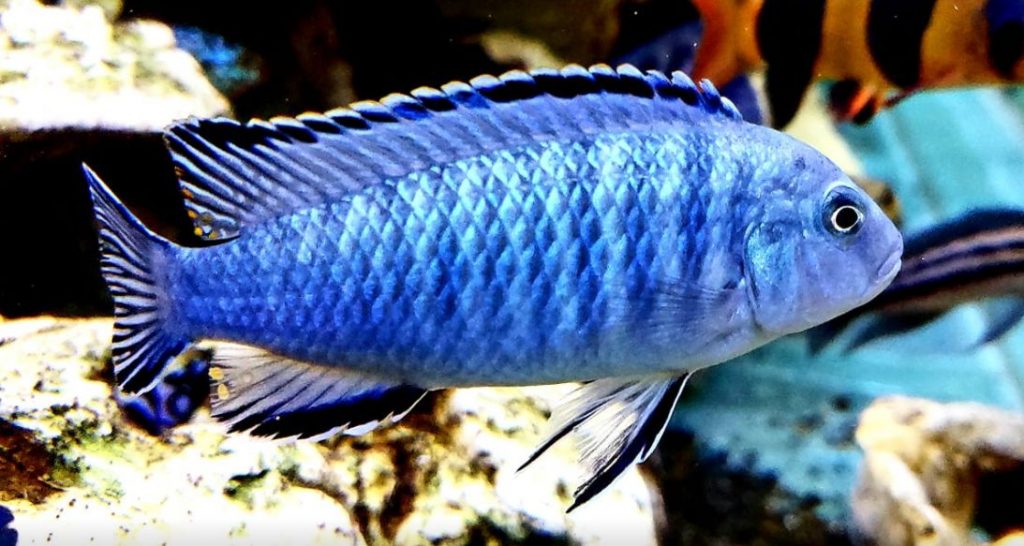
Another site which looked at bubbles in aeration was https://www-oxyturbine-com.cdn.ampproject.org/. This site stated that most of the aeration takes place when the bubbles are formed, not by the rising of the bubbles through the water. But this site is for bubbles which are emitted into a rapidly turning turbine fan blade. Most of the aeration will occur in the turbine fan blade because this is an area of extremely high turbulence. This doesn’t apply in the aquarium as there is no turbine fan blade involved.
Air Stone Myths
Many people think the smaller the air bubble the better the aeration. It turns out it is true to a point. A 1.5 mm bubble aerates better than a 3 mm bubble. But micro-bubbles <1 mm have not been shown to do a good job of aeration. The problem is that the smaller the bubble at a certain point the less the turbulence both in the water column and at the surface. At below 1 milliliter there is only lamellar flow around the bubble, not turbulent flow. So, the less the aeration! Also, small bubbles drift around the aquarium in a very annoying manner and decidedly detract from the aesthetics.
Another often repeated myth concerning air stones is that breaking bubbles aerate water well. It just isn’t true. Breaking bubbles do little for aeration, they don’t have enough surface area or time to do anything. On the other hand decent sized one to two millimeter bubbles rising rapidly through the water do a lot of aeration.
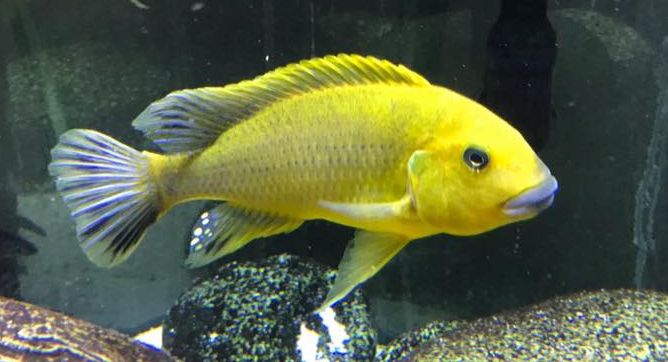
The Siphon Problem
Air stones have one glaring danger when used in an aquarium to aerate. They very frequently siphon drain the aquarium onto the floor. I’ve had this happen and many on social media have had it happen.
The tubing that comes with air stones is a type of plastic which “creeps” and relaxes with time. So the connection at the air pump often comes off after a year or two of operation. Because of something called “capillary action” the water flows in through the air stone, up the tubing, down the tubing and out onto the floor. The whole aquarium can drain overnight this way.

Most people use an air stone check valve in the air line to counter this. But even this has problems. The one way valve must be above the waterline level in the tank. If it isn’t the tubing to the valve can come free and the water drain onto the floor. Also the one way valves are notorious for clogging with dust and not operating like they should. So I put two check valves in series above the water line in the aquarium.
Another good idea is to simply replace the tubing or make fresh cuts at all the joints in the tubing at least once a year. Many also put the air pump and all the tubing above the water level in the tank. I do get a kick out of those who put the pump above the water line but hang a long tubing line to the aquarium. If the tubing comes free at the pump it can simply fall to the floor and the water will siphon out of the aquarium.
It is also possible to put a piece of wire tightly wound around the connection to the pump. The wire will not creep and keeps the connection secure.

The Evaporation Problem
Air stones can pump a lot of air though the aquarium. When this air picks up the moisture from the aquarium it will carry it out of the aquarium. This can give a significant problem with evaporation. Obviously the drier the climate one is in the worse the problem will be. Many people in the desert avoid air stones for just this reason.
Cleaning Air Stones
A useful way of cleaning air stones can be found at this link:
9.3.2. Cleaning Air Stones
.
Return to Aeration Menu
.
Aquarium Science Website
The chapters shown below or on the right side in maroon lead to close to 400 articles on all aspects of keeping a freshwater aquarium. These articles have NO links to profit making sites and are thus unbiased in their recommendations, unlike all the for-profit sites you will find with Google. Bookmark and browse!
.

Dave says
In reply to Jon … No problem with the back section approach. As long as the air stone is deep enough it should provide good aeration, regardless of where it it placed in the aquarium.
Jon says
Hi Dave. Been pouring over the website since recently discovering your lovely deep content! Versus placement in the viewable area of a tank, would an air stone be about as effective placed at the bottom of the back section of an AIO (all-in-one) like in the 2nd fuge chamber? Any pitfalls with using that back section approach? Thanks, Jon
Mark says
Peppe – most of the oxygen the plants produce is not coming out as bubbles, it’s dissolved oxygen in the water that you cannot see, just as you cannot see the dissolved carbon dioxide the plants take in from the water for photosynthesis.
Mark says
Great discussion, and I really appreciate the use of scientific journal articles to answer the question of how air stones contribute to gas exchange. I had always known smaller bubbles provide more efficient gas exchange because of higher surface area to volume ratio, but I had previously always believed that the main contribution they provided to gas exchange was at by allowing more of the aquarium’s water volume to circulate up to the surface where it would exchange gases with atmospheric air. Interesting to find out the majority of the gas exchange is actually happening between the bubbles and the water column. And your article prompted me to relocate my check valve.
Dave says
In reply to Peppe ….. The small bubbles put out by plants actually do not do a very good job of oxygenation. But the unseen dissolving of oxygen directly from the leave to the water DOES do a good job of aeration WHEN THE LIGHTS ARE ON. The difficulty for fish in a planted tank can come when the lights are out.
Peppe says
Thanks Dave, I know it is oxygen. I do not understand how this little oxigen
makes any good to the water. You say it is necessary to create turbulence on the surface of the water in order to get oxygen in the water.
Dave says
In reply to Peppe ….. You are correct. Those small bubbles are oxygen.
Peppe says
How do plants oxigenate aquariums? I can see tiny slow bubbles sometime coming out from plants in daytime due to photosynthesis, small bubbles covering the leaves: no water surface agitation, flow, etc. etc.